Most holiday movies are about winter holidays, especially Christmas, but how many movies are set on Easter? Of course, there are countless religious films which are appropriate for a Christian celebration. However, when it comes to movies which show the joyous springtime celebration of this holiday’s secular traditions, you can’t beat MGM’s 1948 musical “Easter Parade.”
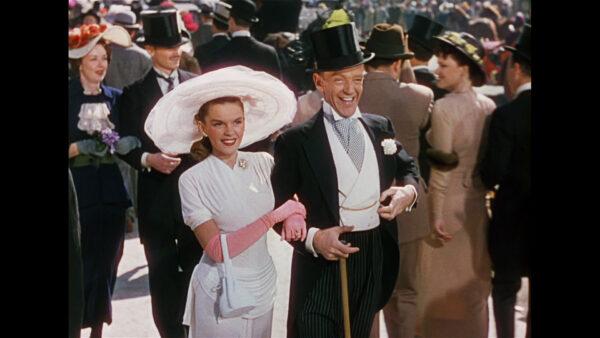
Based on the 1933 song of the same name by Irving Berlin, this film features a lovely compilation of songs with his words and music. You might recognize the title song from the Easter scene in “Holiday Inn” (1942), when Bing Crosby croons the tune. Just as “White Christmas” (1954) was Bing’s spinoff from “Holiday Inn,” “Easter Parade” was Fred Astaire’s.
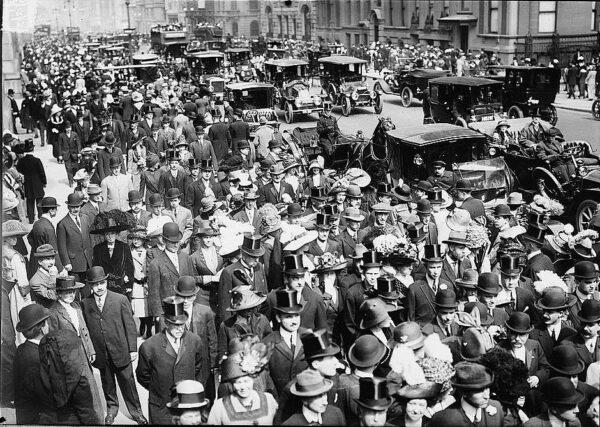
Interestingly, Astaire came out of retirement to make this film after Gene Kelly, the first choice, broke his ankle. Cyd Charisse was originally cast as the second leading lady, but her injury led to the beginning of Ann Miller’s MGM career. Ultimately, the cast starred Fred Astaire, Judy Garland, Ann Miller, and Peter Lawford.
Directed by popular MGM director Charles Walter and produced by lyricist Arthur Freed, this Technicolor musical was the studio’s top grossing film that year, and understandably so.
A Charming Story
Don Hewes (Astaire) is a famous ballroom dancer. He is in love with his dancing partner, Nadine Hale (Miller), whom he took out of the chorus years ago and made into a star, and he thinks she shares his feelings.The day before Easter, he arrives at Nadine’s apartment, bearing gifts and celebrating their busy schedule of upcoming performances. However, she abruptly informs him that she has signed a contract as a solo dancer, and is interested in Don’s best friend, Johnny Harrow (Lawford).
Devastated, Don goes to a bar, where he tells Johnny that he could turn any of the chorus girls into a partner as good as Nadine. To prove it, he randomly selects singer Hannah Brown (Garland), inviting her to a rehearsal the next day.
The next morning, a more sober Don is shocked when Hannah shows up. At first, Hannah’s dancing leaves a lot to be desired, but Don is stubbornly persistent. Their performances are far from successful until Don realizes he needs to stop trying to make Hannah into someone she isn’t. As soon as he starts letting her be herself, they become a great team with a unique style, which brings them immediate success and fame.
Meanwhile, Johnny meets Hannah by chance, and he is entranced by her charming, genuine personality. Although she likes Johnny very much, she knows there is no chance of her falling for him, since she is deeply in love with Don.
Dance and Romance
“Easter Parade” is very lighthearted, but it also has a serious side to the story. The concept of a successful partnership being broken up prematurely by one of its members is a realistic circumstance which happens frequently in the entertainment industry, such as when Fred Astaire’s sister, Adele, left their duo in 1932 to get married. All the actors involved in this film bring the drama and complexity of this emotional situation to life with moving acting performances.Don is enthusiastic and passionate when he is with Nadine at the beginning of the film, yet he is cold, businesslike, and emotionless when he first works with Hannah.
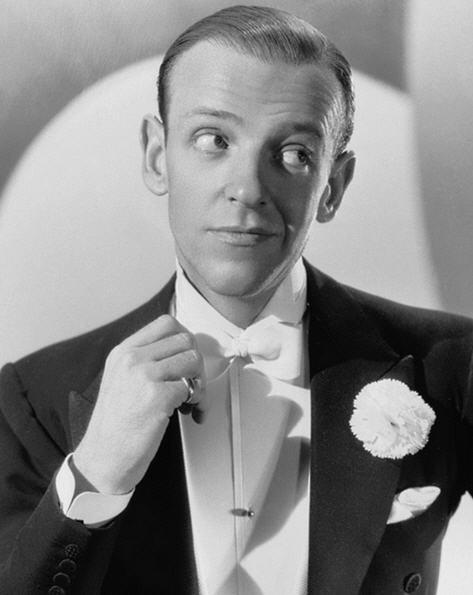
The new partnership is obviously painful for Don, so he guards his feelings to avoid getting hurt again. Hannah is torn between her deep love for Don and her feeling that she will always be a second-best replacement to him.
Springtime à la Irving Berlin
All the musical numbers are fantastic. Fred Astaire opens the film with “Drum Crazy,” an amazing tap routine in a toy store, using several drums as props. Perhaps the most famous routine is “Stepping Out with My Baby,” performed by Fred and a chorus, which features an unrealistic yet impressive slow-motion effect.Judy shows off her vocal chops in the charming “I Want to Go Back to Michigan,” her very peppy “I Love a Piano,” and the emotional ballad “Better Luck Next Time.” Together, Fred and Judy perform some adorable numbers, including the comedic “We’re a Couple of Swells,” in which they sing and dance while dressed as hobos.
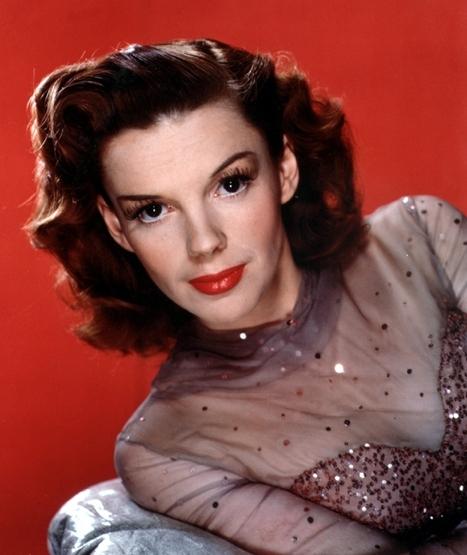
Ann Miller’s tapdancing is highlighted in “Shakin’ the Blues Away,” while her most graceful ballroom dancing shines in the Astaire-and-Rogers-inspired duet “It Only Happens When I Dance with You.” Even Peter Lawford joins the musical proceedings with his rainy solo, “A Fella with an Umbrella.”
In the 1940s, MGM was known for maintaining a reputation of perfection in its films, so I appreciate how that was suspended for some of this movie’s moments of realism. For instance, the filmmakers weren’t afraid to show the stars looking less than perfect. When Don and Hannah first start dancing together, they do not look graceful. She can’t tell her right from her left, and she clearly doesn’t have the dancing technique and expertise Don is used to his partner having.
Even more surprising is the fact that they haven’t worked out the bugs by performance. Onstage, they get their hands tangled together, she pulls him off-balance, they miss moves, and she ends the routine on the floor. To top it off, her dress is shedding feathers throughout the dance, an homage to the real incident with Ginger Rogers’s feathered dress in “Top Hat” (1935). In a later scene, after Hannah spends a miserable, sleepless night, Judy truly looks bedraggled. It’s very rare to see an MGM actress without perfect makeup, no matter how dire her circumstances.
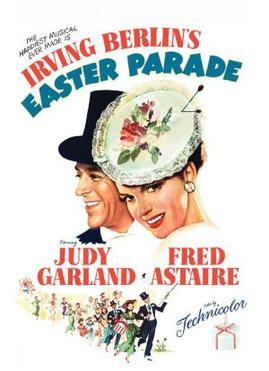
If nothing else, one must appreciate that this film features not one but two songs about Easter. How can a movie be bad when it starts with Fred Astaire walking down the street, singing “Happy Easter” to everyone he meets?
Later, Judy Garland passionately sings the theme song to her beloved, as he tries on his new “Easter bonnet,” a very smart black top hat. We also see our stars strolling along Fifth Avenue in the Easter Parade not once but twice. Watching this film is a perfect way to celebrate this 150-year-old tradition. “Happy Easter to you!”





